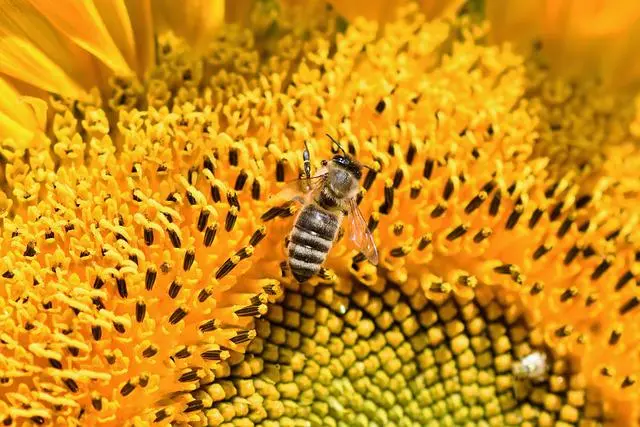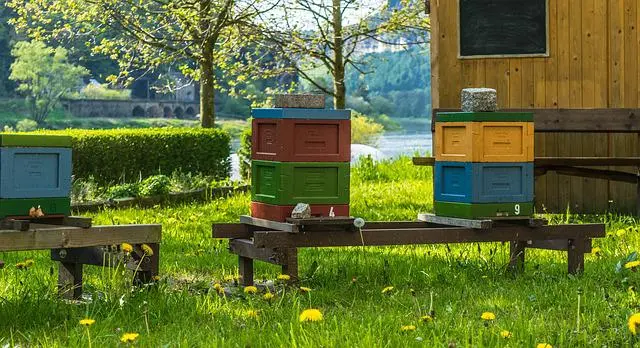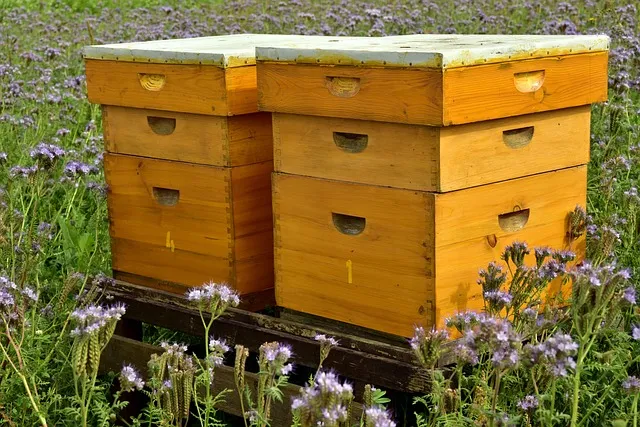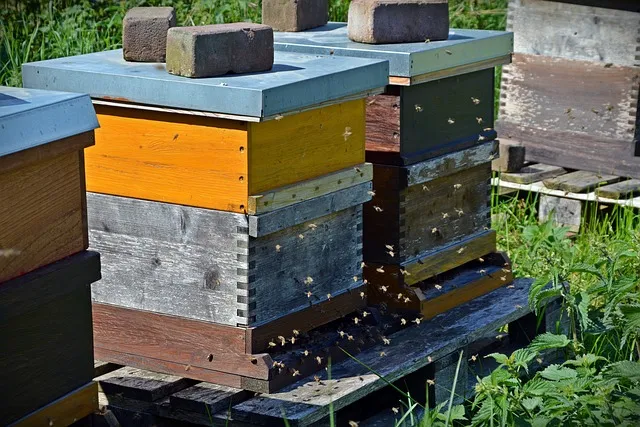Where to put the beehive? Bee Hive plan and Placement. Things to consider
While a beehive can fit in any location, choosing the right position will greatly affect the colony’s productivity. Although you can re-locate the hive after the initial installation, choosing an ideal spot from the word go is better for the buzzing creatures. Re-location disorients them, and they have to set their flying map again. Before you seek the ideal place for your hive, seek to know the laws that govern beekeeping in your area to ensure it is legal. Some laws require hives to be placed at specified distances from neighbors’ homes.
Similar Articles you may like to read –
How high should beehives be off the ground?
Where should I put my beehive in my yard?
How close to a fence can you put a beehive?
Which direction should beehives face?
Accessibility
You should choose a spot where you can access your colonies at any time of the day with no or minimal obstacles and maneuver around the hive. In optimum seasons (spring and summer), you will require to visit the hive regularly; hence it is practical to place it somewhere that will be easy for you.
Shade
Direct sunlight is necessary for the early morning hours and in the evening. In the evening, they will extend their working hours to produce more honey, while in the morning hours the sunlight warms the bees and help them to start their tasks early.
You should also consider a dappled shade in the hot hours of the day. When the hive is cool, bees will need to collect less water from cooling the hive, which allows them to focus on collecting food resources. If such a set-up is inconvenient, you can consider placing your hive on a flat rooftop or a balcony. If you have to choose between a sunny or shaded area, you can stick with the open sun since bees are more productive in the open sun than in a shady area. In cold areas, placing the hive in the full sun help the bees to keep warm.
Away from Human Interference
You should ensure the hive entrance faces away from where people frequently visit. Such places include walkways, footpaths, playgrounds, construction sites, and vehicle parking lots. You can also consider putting a barrier at least 6 feet tall and about 10 feet from the entrance. This will force the bees to fly up and over the barrier and maintain an altitude that is higher than human height.
A Clear Flight Path
You should keep weeds and debris around the hive. This will not only help the bees to efficiently collect nectar and pollen but will also keep pests and rodents away.
Consider a Stand
A stand will keep the hive well ventilated and prevent predators and pests from accessing the nest. It also increases the durability of the hive. A raised hive is easier to access and saves your back from bending too much.
Shelter from strong Wind
Strong winds can knock the hives over and dislodge the covers. It is good to consider a sheltered place for your hive. If there are no wind barriers on your apiary, such as bushes, or a solid fence, you can build a fence or a customized wind barrier with solid material. Placing a large rock on top of the hive will also prevent it from dismantling. Winds are usually a major issue in winter: the strong breeze can whip through the hive causing unnecessary chills to the honeybee cluster.
Consider a Leveled and Firm Ground
It is advisable to place your hive on flat, firm ground with good drainage. While many beekeepers set hives in summer when it is dry, it is good to check the ground for sponginess, and soft, sandy texture. These can cause tragedy in wet weather making your hive sink or tip over. Dampness can be disastrous to the bees. If the hive is placed on the damp or flood-prone ground, it is hard for the honey bees to cure honey, and this makes the colony susceptible to diseases.
A Water Source
Honey bees search for water just like they collect nectar. They usually seek convenient sources and may end up in your neighbor’s swimming pool. To avoid crashing with your neighbor and making it easy for them, ensure clean and safe water nearby. Remember to strategically place some stones or rocks, so bees don’t drown in the water. If they happen to fall, they can use them to rescue themselves.
Food Sources

Ensure there are abundant sources of nectar and pollen in the vicinity. Although honey bees can forage up to 5 miles radius, it is more convenient for them if the sources are close to the hive. Not only will it save their energy, but they will also be able to make more foraging trips which mean more honey. You cannot sustain bees on supplements but make honey freely from the natural environment. It is also a good idea to establish a bee-friendly garden. You may want to check on “ How to establish a bee-friendly garden”.
More articles you may like to read –
How do you winterize a beehive?
What happens if you disturb a beehive at night?
Can you set up a beehive and leave it alone?
How do you keep moisture out of a beehive in the winter?
Neighbors
Your hives should not be too close to your neighbor’s home. It is also good to know whether your neighbors have hives since many hives in an area can lead to competition, robbing, and low-quality honey. You may need to set your hive further if there are many hives around.
Fencing
Bees need to be protected from predators such as skunks and bears. They also need to be shielded from livestock and thieves. A secure fence will keep the bees safe from vandalism.
Enough Space for You and Bees
A hive will require at least 5 feet of space in every direction. While carrying out inspection, you should stand at the back of the hive to avoid blocking the flight path of the foragers. Ensure this area has enough open space to stand while working in the hive.
FAQS
Can l place my beehive in the wild?
You can place your bee hive in the wild, but you should first seek to know whether it is allowed in your location. Some risks may come with it. These include predators, pests, vandalism, and damage. Another factor is the availability of food resources. The place may not be easily accessible to you.
Can l keep a beehive in the city?
Yes, it is possible to keep bees in the city, but you should first check the laws and ordinances of your local government. Secondly, you should be considerate to your neighbors. Beekeeping can be equally productive in the city.



